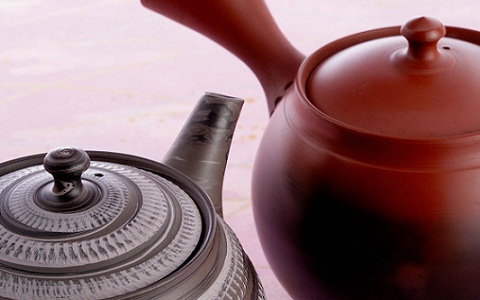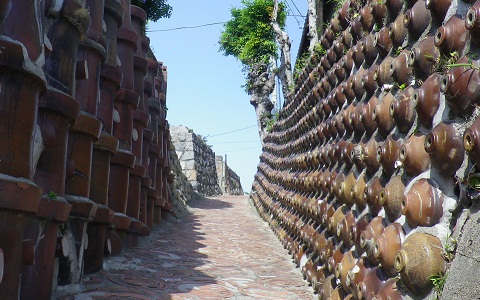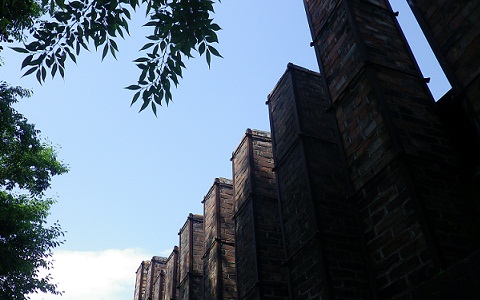We are distributor of Japanese porcelain.
Contact us at:info@marufuku-tokoname.com
66-1, 6-Chome Haramatsu-cho Tokoname-shi Aichi 4790832 JAPAN
item list
Tokoname

Tokoname
The word Tokoname came from a clay body called "ketsugan", which the locals commonly referred to as "na-me" clay. "Toko" is derived from the japanese word "tsumeni" which means "common". Basically, after thousands of years of mountain clay particles accumulating in the iron rich soil around the Chita peninsula area, people in the mid Heian era (794 - 1185) discovered that this commonly available clay body was bery good for constructing earthen walls ("tsuchikabe"), as well as ceramics ("yakimono").
Tokoname is recognised as one of the six ancient kilns of Japan, with a ceramics history which spans over a thousand years. Sweat, clay and fire have combined to make Tokoname the most productive pottery center in Japan, and one of the most important ceramic towns in all of the world. Ceramic production is, and has always been, independent or cooperatively owned, and has never received subsidies from government of other organizations.

The Ceramic Pipe Hill
This is by far the most famous and photographic place on the Tokoname pottery path. It is a narrow street lined on both sides with walls of ceramic pipes and sake vessels. The path is artistically inlayed with Kesawa: ceramic related tools such as kiln shelves, kiln posts, kiln fire boxes, and other interesting artifacts. Originally these materials where used, due to abundance, to reinforce walls and roads. However with time these unique patterns have become a beautiful and timeless icon of Tokoname

The Great Climbing Kiln
Built in the 20th year of the Meiji era (1887), this great climbing kiln is one of the biggest kilns of it's time. With eight chambers and ten tapered chimneys, the great kiln has become a symbol of Tokoname. The silhouette of the ten chimneys adorns flags and stands as reminder of this town's heritage. For years, this kiln served the community where many artisans worked together to produce extraordinary work. However, due to an environmental law passed in 1974, the kiln was closed down. In 1982 the city created a plaza centered around this cultural heirloom